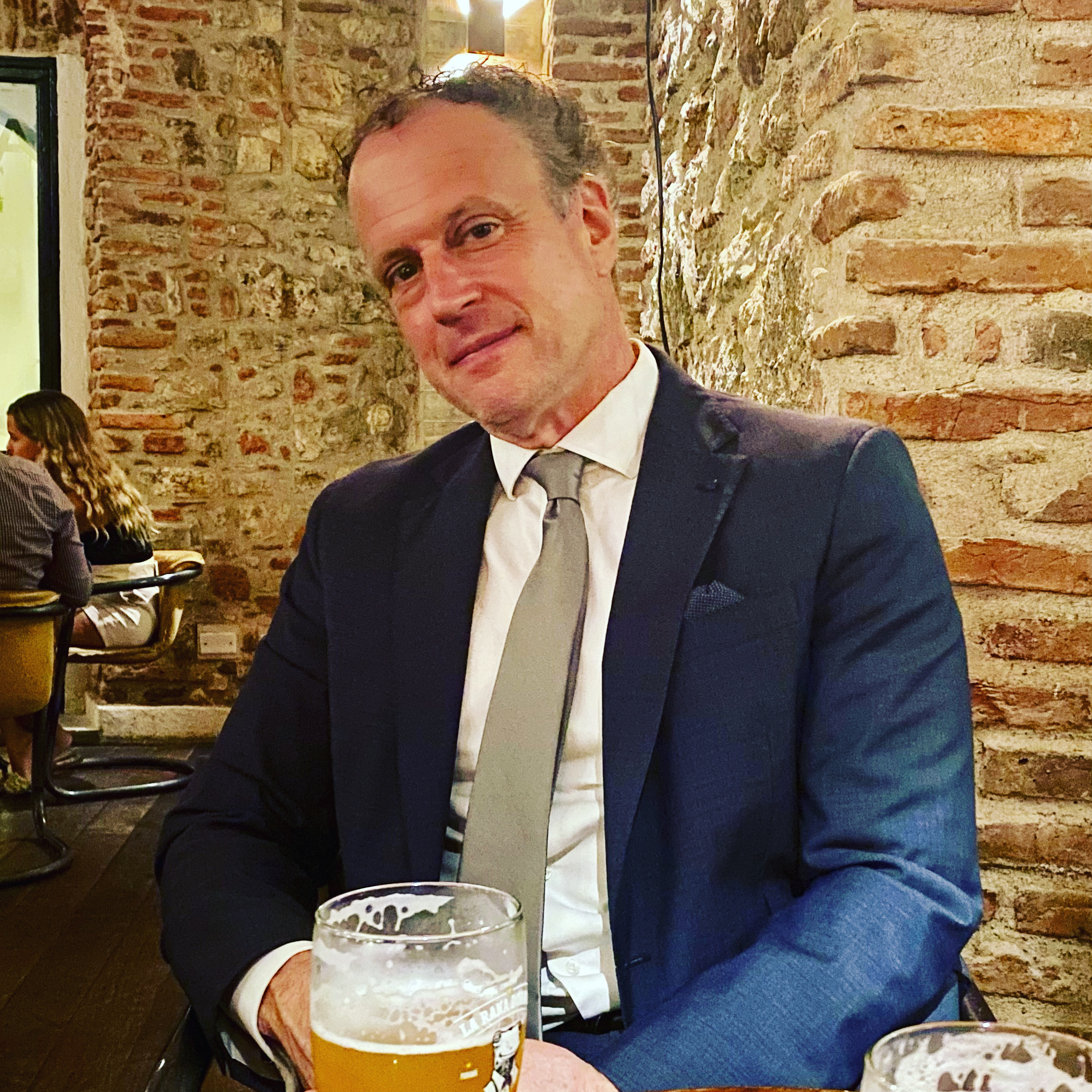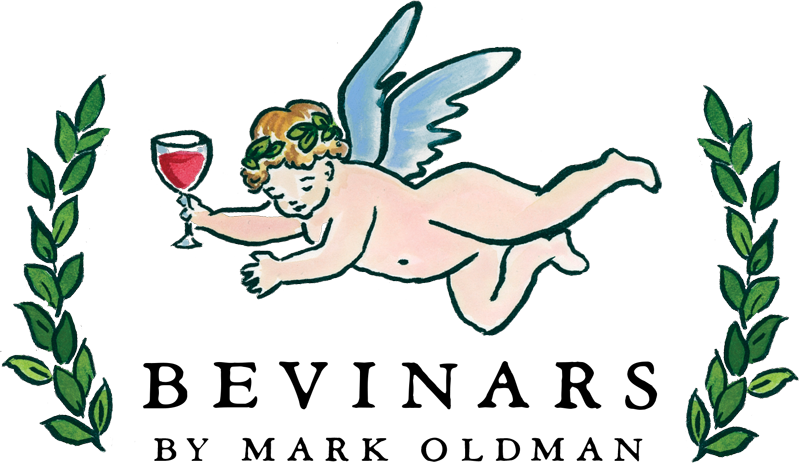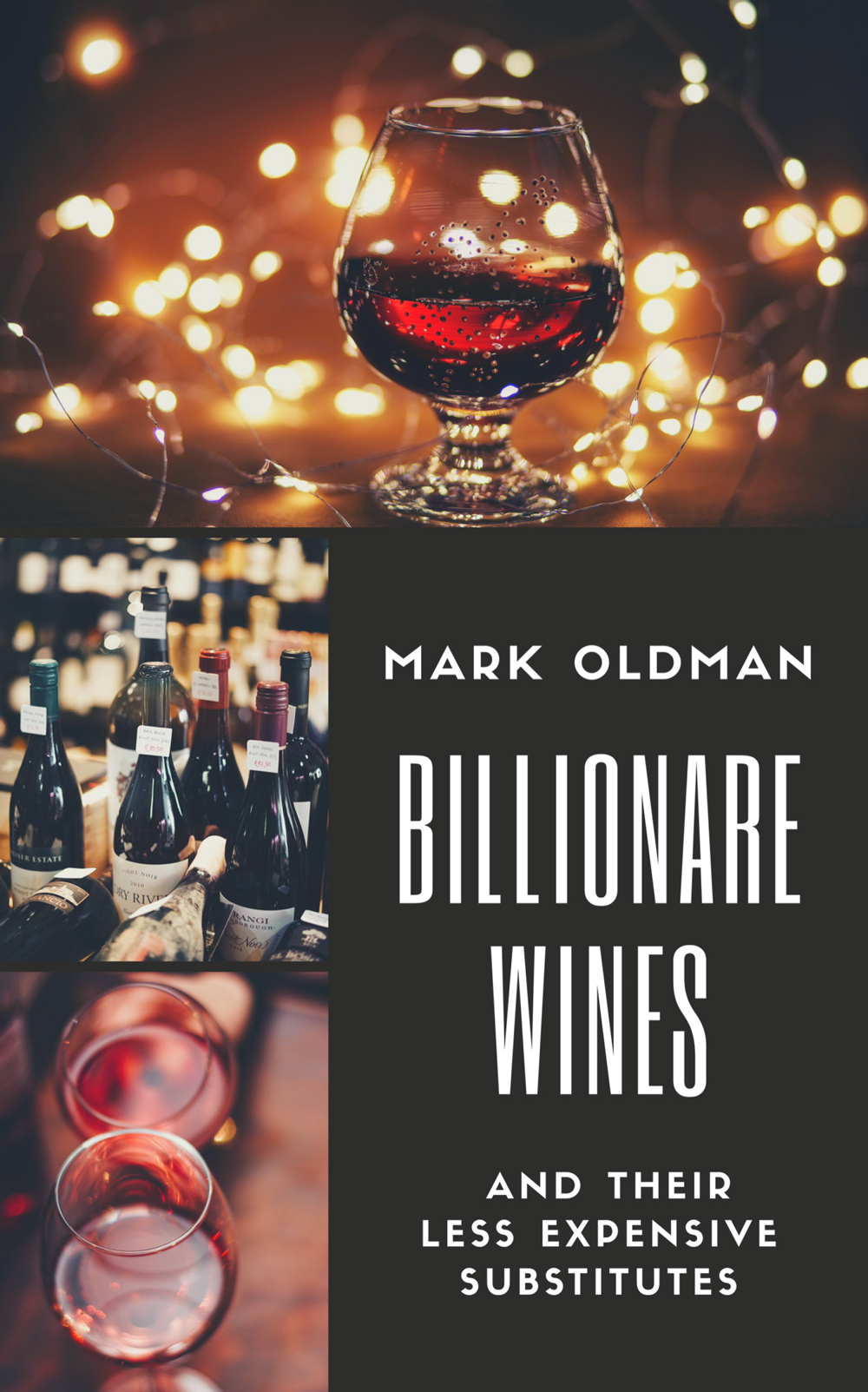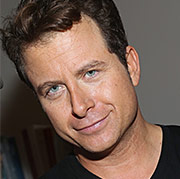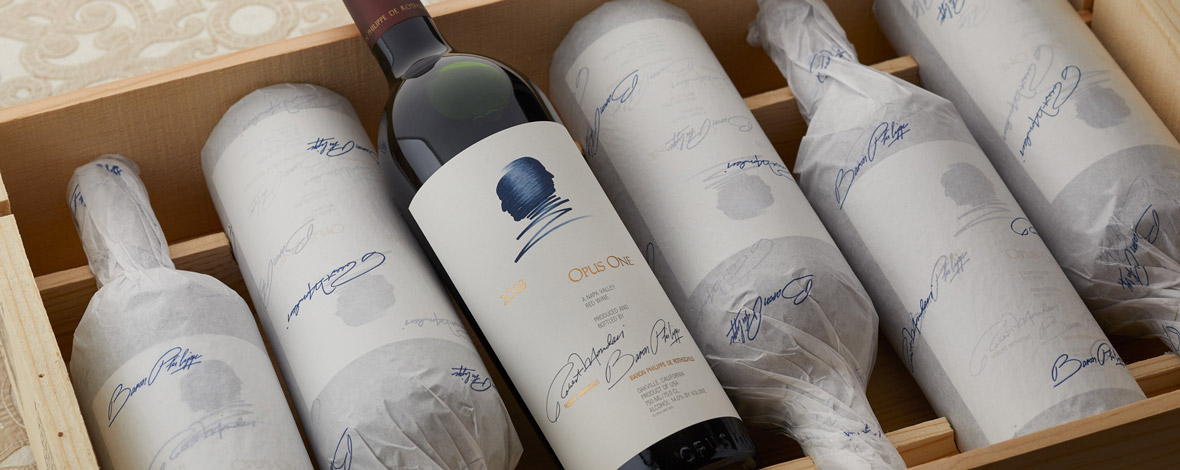
Little-known Nuggets about Opus One
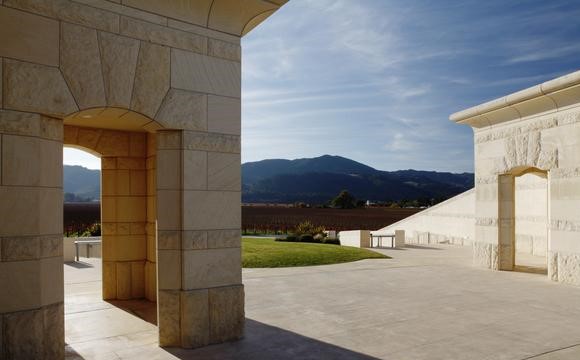
More than any other wine venture, last century’s Opus One project expressed the aspiration, nay the vision, of creating Napa Valley wines that would rival the grand crus of Bordeaux. That vision spread, rapidly, within Napa. With the sometimes fractious entrepreneurial union of two great winemakers—one from France and one from the United States—it also expressed faith in the quality of California wines and the terroirs they came from.
An Introduction
Started in 1978 by Baron Philippe de Rothschild and Robert Mondavi, today Opus One remains committed to realizing their combined foresight, “bringing to life one unique wine that expresses time and place” embodying “the personality and character” of its very distinctive founders. As many know, Opus One produces a Bordeaux style blend based on Cabernet Sauvignon grown on estate vineyards in Oakville, Napa Valley.
Many do not know, however, the following little-known facts about Opus One, which remains among the world’s top “Bordeaux style” wines. Let’s review some little-known nuggets about Opus One. And if you want to learn more about the Napa Valley style of wine and how it compares with Bordeaux, consider a virtual wine class, including tastings, from the comfort of home.
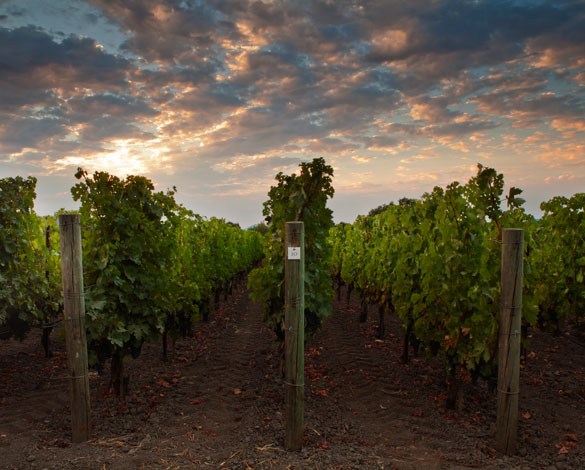
Facts about This Unique Napa Winery
· Opus One is now a joint venture between Baron Philippe de Rothschild S.A. and Constellation Brands. Both founders died since starting the project, and Constellation bought Robert Mondavi Winery in 2004. The Rothschild legacy continues: “I sincerely believe that truly great wines are one of the last privileges of our time. From the outset, Opus One has been built on the values that have forged the reputation and success of top wines around the world, namely scarcity, elegance, rigor, and excellence,’ chimed Philippe Sereys de Rothschild, Chairman & CEO of Rothschild S.A.
· Originally, from its first vintage in 1979, the wine was made, aged, and bottled at the Mondavi winery in Napa Valley. Construction only began on a new winery in the middle of a vineyard less than a mile away in 1989.
NapaMedoc
· The original name was “napamedoc”: not the best exercise in branding. From 1978 until 1982 Mondavi and Rothschild argued over a new name. It was necessary to use the Latin “opus” (neither English nor French) to avoid offending either of the partners.
Luxury Wine
· Winemaking and viticulture were always held to the highest standard. “We were not supposed to be excellent; we were supposed to be perfect,” emphasized one employee. Features of this included high planting densities, a manual harvest, gravity fed wine transfer, and the best French barrels imported to Napa Valley.
· Until 2004, winemaking was a joint effort between Tim Mondavi on the American side and French winemakers Lucien Sionneau and Patrick Léon. In 2004, that tension was eliminated. Opus One was led by a single person, David Pearson, with a single winemaker, Michael Silacci.
· Opus One is never 100% cabernet sauvignon. In the traditional Bordeaux style it consists of a blend of cabernet sauvignon, cabernet franc and merlot. The 1986 Opus One, for example, contains 86.8 percent cabernet sauvignon, 9.3 percent cabernet franc and 3.9 percent merlot.
The Winery
· The current winery was built near geothermal springs in Napa. No one realized this before starting construction and the soil temperature is about 72 degrees, which eliminated the expected insulation advantages having an earth-bermed building. Layers of extra insulation had to be added to the structure.
· The original aging cellar, which Mondavi and Rothschild referred to as a “chai,” following Bordeaux custom, is vast. This is because the barrels of wine rest side by side, not stacked as in most wineries. Why? To facilitate topping off, which makes up for evaporation through the semi-porous oak. As the New York Times reported, “Most wine makers top off once a month in the first year of aging; Opus One is topped off every week.”
· Since the new winery was finished in 1995, there were five niches in the grand rotunda that remained empty. As part of a recently completed multimillion-dollar renovation and expansion these recesses are now filled with visually compelling art works. The artist Rosalind Tallmadge named them after the seasons, in French (of course), Le Printemps, L’Eté, L’Automne, L’Hiver. These are “sequined fabric with varying shades of gold leaf applied; one has a pewter cast, another a rose-colored tone. The addition of mica flakes and glass microbeads ups the ante on the textural beauty.” The crown jewel is called Les Éléments and consists of hand-sliced mica stone and powdered glass on wood.
Opus One Wines
· The 2022 harvest started on August 24 – the earliest ever, which is attributable to climate change. The crews picked grapes for over a month, indicating the careful selection and monitoring that goes into making this unique wine. The chief winemaker remained non-plussed, despite a heat wave. “This is one of the freshest, most delicious fruit-forward wines that we’ve made,” said Michael Silacci.
· The wine style evolved in its early years. During the first period, from 1979 to 2004, the wine was very elegant, slightly thin, which is a more classic restrained Bordeaux style. It gained in power from 1985 to 1990, reflecting changing consumer taste under the influence of Robert Parker. In 1991, the quality then increased by a notch, according to one French wine expert. Since 2004, when Opus One gained greater independence, the wine has greatly increased in its distinct personality.
Eco-Friendly Viticulture and Winemaking
Alongside the newly renovated winery, Opus One has now resolutely decided to tackle climate change issues, which face many wineries in Napa and around the world. What is the company doing?
· Opus One was the first Napa Green Vineyard, an innovative local certifying organization for eco-friendly practices.
· Kimberlee Marinelli was recently hired as Assistant Winemaker & Viticulturist, but also to spearhead the eco-friendly initiatives. She has responsibility for all aspects of carbon capture, agroecology, and regenerative farming.
· Opus One has indeed begun a regenerative viticulture project, which includes cover crops and grasses to cool surface temperatures; a flock of 400 sheep where grazing a 10-acre block forms an alternative to tractors. The staff is also working on creating the winery’s first bee colony. “We have to learn how to fix a broken ecosystem in a monoculture that we have in the valley,” Silacci stated. In vineyard replanting, vine spacing will increase to 6 feet from 4 feet, which reduces water use. Fruit trees will adorn the Napa River’s banks.
· As an experiment in carbon dioxide sequestration, in 2022, the winery produced dry ice to protect the head space of fermentations during extended maceration. This eliminates air contact and thus oxidation, but also puts the carbon dioxide to beneficial use.
In the final analysis, Opus One wines remain a superb example of how a luxury wine was created from scratch by two visionaries and has continued to excel in all areas, including pushing the envelope of regenerative viticulture in Napa Valley.
